Year 1, Lesson 3.2: Responsibility
Unit Learning Goal
Students will learn about dilemmas and how to navigate difficult situations.
Lesson Goal
Students will be able to delineate their responsibilities using the Rings of Responsibility framework.
Assessment
Review students’ Rings of Responsibility maps for completion.
Monitor class discussion for understanding of responsibilities and how to use the Rings of Responsibility framework.
Analyze Exit Tickets for application of the Rings of Responsibility framework to another person.
CASEL alignment
Responsible Decision-Making
Portfolio Documentation
Resources
Optional: 3 Es video
Your own example of your “Rings of Responsbility”
Prerequisites
None
Total Time
45 minutes
-
Remind students that in your last class you discussed what it meant for something to be a dilemma. Remind students that you defined dilemmas as situations where:
An individual must make an active choice.
There must be different courses of action to choose from.
No matter what action is taken, some element of good work (ethics, excellence, or engagement) is compromised. There is no perfect solution.
In addition, if needed, remind the students about the “good work” framework as defined by the “3 Es.” [Video: 2 minutes].
Tell students that today you’ll be discussing a framework for how to understand our different responsibilities, which are often important elements of dilemma discussions.
Instructions
1. Opener: Model the Rings of Responsibility activity for your students [5 minutes].
Model the “Rings of Responsibility” activity by presenting your own “Rings of Responsibility” ring to the students and discuss why you chose to put each item in each ring [3-5 minutes].
2. Have students work individually to complete the Rings of Responsibility activity [15 minutes].
Provide students with the Rings of Responsibility Handout.
Allow students approximately 15 minutes to fill out the worksheet independently.
If there is extra time, advise students to “Pair and Share”—turn to their partner and discuss their answers with one another.
Keep the completed handout for the Good Work Portfolio.
An educator from The Good Project Community of Practice shared the link to this video noting, “To help students connect to the word ‘Responsibility’, we showed [this] video and asked students questions related to the video to focus on the key idea ‘responsibility.’”
Meenakshi Iyer at the Podar Education Network in India provided this image of an alternative version of the Rings of Responsibility worksheet that they used in their schools.
3. Discuss the Rings of Responsibility activity as a class [20 minutes].
Come together and discuss the Rings of Responsibility Handout as a class.
Show students the Rings of Responsibility video [2.5 minutes].
Use the following Discussion questions as a guide.
Discussion Questions:
Which ring of responsibility had the most items? Why do you think this is?
Do you think your parents might have most of their items in a different ring? What about your friends? Other teachers? Siblings? Why?
What do you think your life would be like if your responsibilities were mostly in a different ring?
What did you notice about where you put your items in the ring vs. what the research video described about young people and responsibility?
5. Closing and Exit Ticket. [5 minutes]
Ask students to complete the Lesson 3.2 Exit Ticket.
Students should consider the following question:
Think of someone related to your class content (for example, a famous scientist), a fictional person, an individual from the media, a celebrity, etc.) Write down or draw what you believe this person’s rings of responsibility might look like.
Keep the completed exit ticket for the Good Work Portfolio.
-
"A few of my students had to say goodbye to a parent or grandparents in another country in order to come live with a parent or an aunt. Several of my students have experienced a degree of displacement (homelessness) and are able to write well about these hardships and decisions. The Rings of Responsibility lesson helped them see and discuss the unique "spaces and places" of their lives. Validation of the student as an individual human being while also seeing that they are an important part of their groups and communities also provided validation and encouragement for them."
- Educator From The Good Project Community of Practice
Possible Enrichments
Present students with the Responsibilities Reflection Handout.
Consider allowing students multiple formats to “write” their reflections; e.g., paragraph for each, a poem, song verse, artistic rendering with description, etc.
Keep the completed handout for the Good Work Portfolio.
Lesson Walkthrough
Watch this short video guide for lesson specific advice from The Good Project Research Team.





